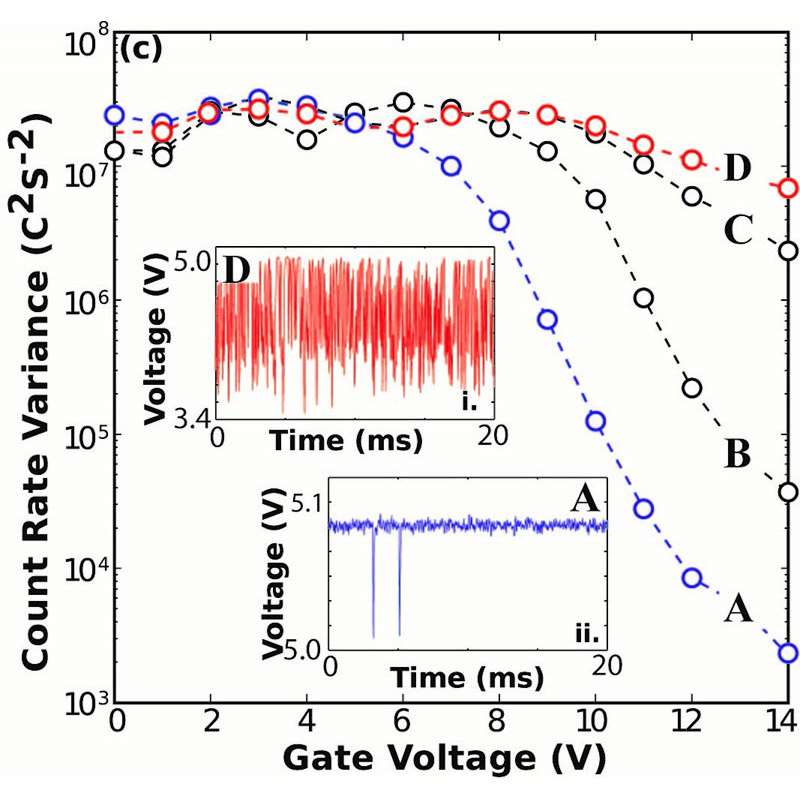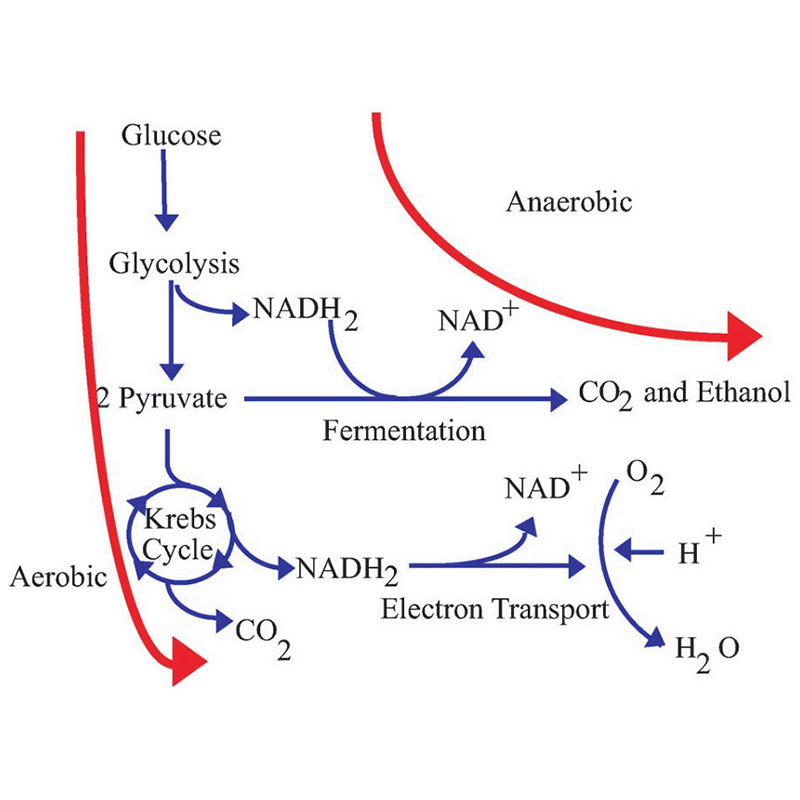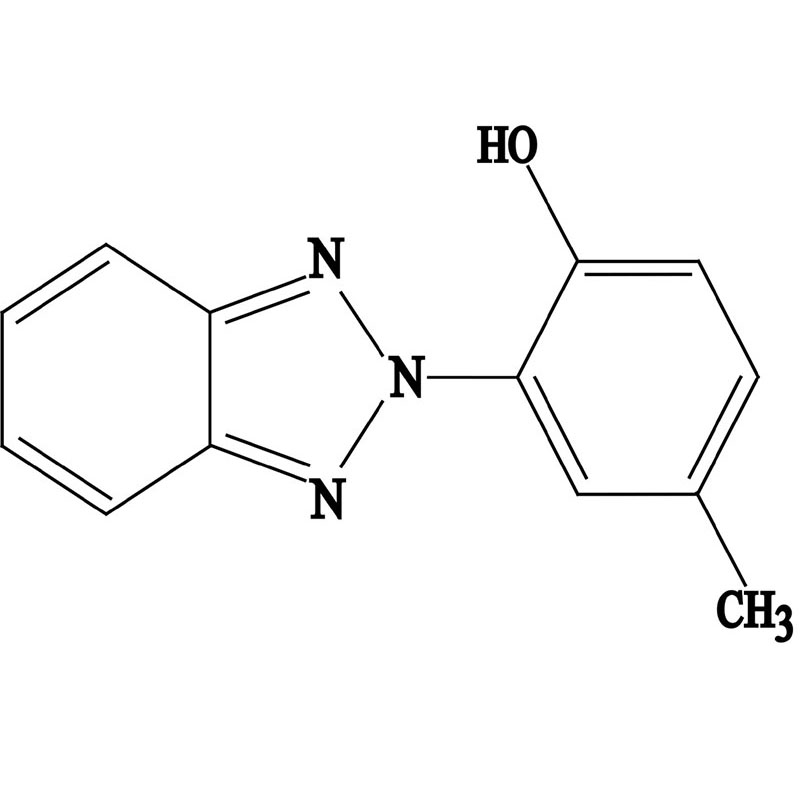 |
Characterization of Single-Photon Avalanche Diodes in a 0.5 μm Standard CMOS Process–Part 2: Equivalent Circuit and Geiger Mode Readout, IEEE Sens. J., vol. 16, No. 9, pp. 3075–3083, 2016. This article features a model that allows the design and simulation of perimeter-gated single photon avalanche diodes. The model enables both Geiger mode and DC mode simulations. The key parameters of the model were extracted from measured characteristics of a perimeter-gated single-photon avalanche diode fabricated in a 3-metal, 2-poly, single well CMOS process. The article also features a survey of state-of-the-art SPAD models. And, lastly, the article describes the design and measured characteristics of a pixel that includes a perimeter-gated single-photon avalanche diode and a mixed-signal readout circuit. |
 |
Polymer Filters for Ultraviolet-Excited Integrated Fluorescence Sensing, J. Micromech. Microeng, 22, 095018, 2012. Optical filters for blocking ultraviolet (UV) light were fabricated by doping various polymer hosts with a UV absorbing chromophore. The polymers were polydimethylsiloxane (PDMS), a silicone elastomer frequently used in microfluidics, SU-8, a photopatternable epoxy, and Humiseal 1B66, an acrylic coating used for moisture protection of integrated circuits. The chromophore was 2-(2′-hydroxy-5′-methylphenyl) benzotriazole (BTA), which has a high extinction coefficient between 300 nm and 400 nm. We demonstrate filters 5… |
 |
High Signal-to-Noise Ratio Avalanche Diodes with Perimeter Field Gate and Active Readout, IEEE Electron Device Lett. vol. 33, No. 4, pp. 570–572, 2012. This letter describes an avalanche photodiode (APD) fabricated in a 0.5-µm CMOS process. In Geiger mode, the APD had an area-normalized dark count rate as low as 2 Hz/µm2 at room temperature. Its signal-to-noise ratio (SNR) increased by an order of magnitude as a result of perimeter field gating. We demonstrate that under high-illumination conditions, perimeter field gating maximizes SNR, whereas under low-light conditions, it maximizes sensitivity. |
 |
Characterization of Single-Photon Avalanche Diodes in a 0.5 μm Standard CMOS Process–Part 1: Perimeter Breakdown Suppression, IEEE Sens. J., vol. 10, No. 11, pp. 1682–1690, 2010. We report on the breakdown characteristics of a single-photon avalanche diode structure fabricated in a 0.5 μm single-well CMOS process. This paper features two mechanisms for reducing perimeter breakdown. The first mechanism consists of using the lateral diffusion of adjacent n-wells to reduce the electric field at the diode’s periphery, and the second makes use of a poly-silicon gate over the high field regions to modulate the electric field. We studied each technique independently as well as their combined effect… |
 |
Hand-held Fluorometers for Lab-on-a-Chip Applications, IEEE Trans. Biomed. Circuits Syst., vol. 3, pp. 97–107, 2009. We describe the design, fabrication, and performance of a class of simple handheld fluorometers. The devices consist of a sensor along with an integrated optical filter packaged in a handheld format. The sensor is a differential active pixel sensor with in-pixel correlated double sampling fabricated in a 0.5-m 2-poly 3-metal complementary metal–oxide semiconductor process and has a readout noise of 175.3 mV, reset noise of 360 mV, dynamic range of 59 dB, and conversion gain of 530 nV/e. The filter is a high rejection… |
 |
Optical Filtering Technologies for Integrated Fluorescence Sensing Lab Chip, vol. 7, pp. 955–977, 2007. Numerous approaches have been taken to miniaturizing fluorescence sensing, which is a key capability for micro-total-analysis systems. This critical, comprehensive review focuses on the optical hardware required to attenuate excitation light while transmitting fluorescence. It summarizes, evaluates, and compares the various technologies, including filtering approaches such as interference filters and absorption filters and filterless approaches such as multicolor sensors and light-guiding elements. It presents the physical principles… |

